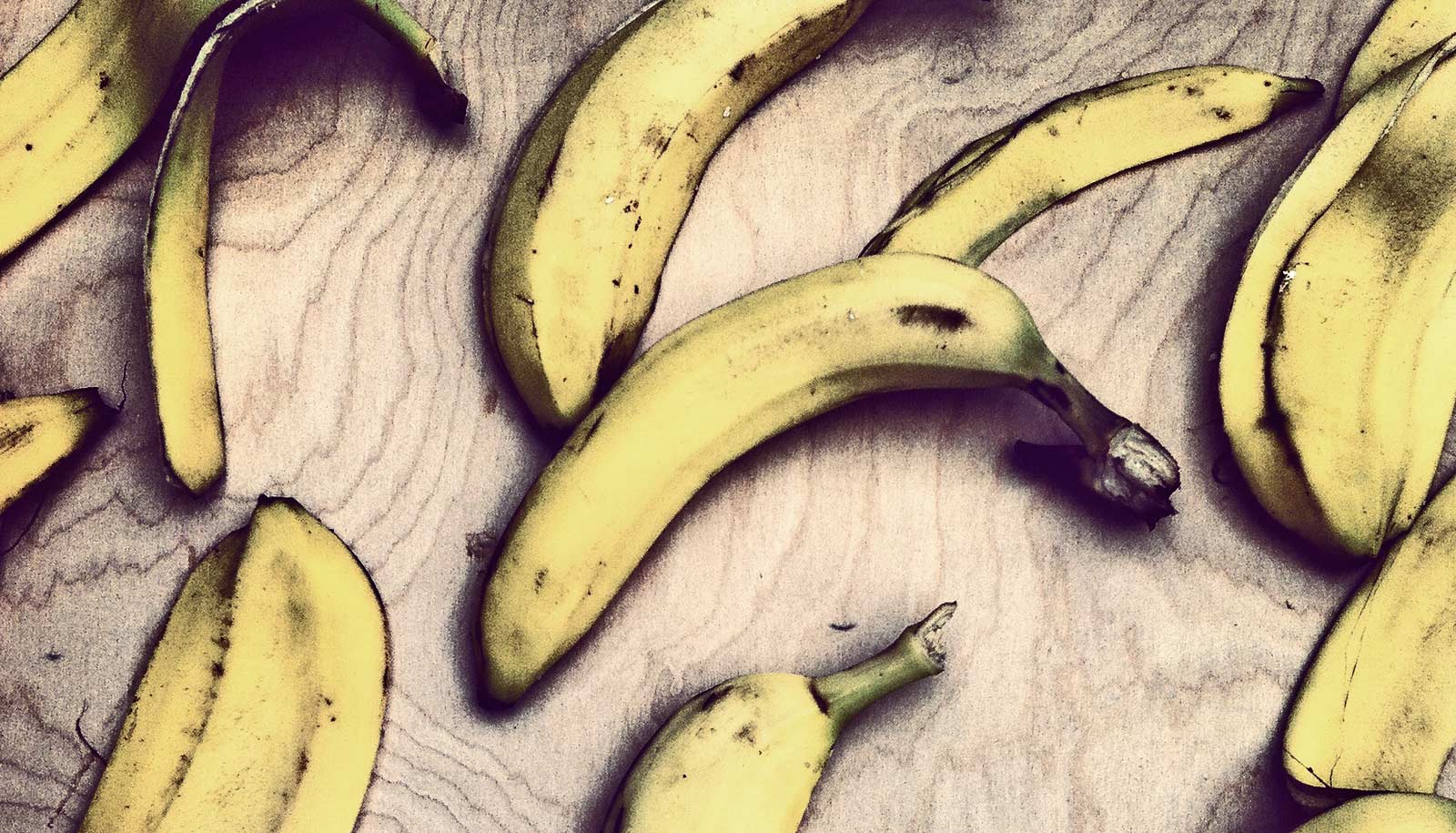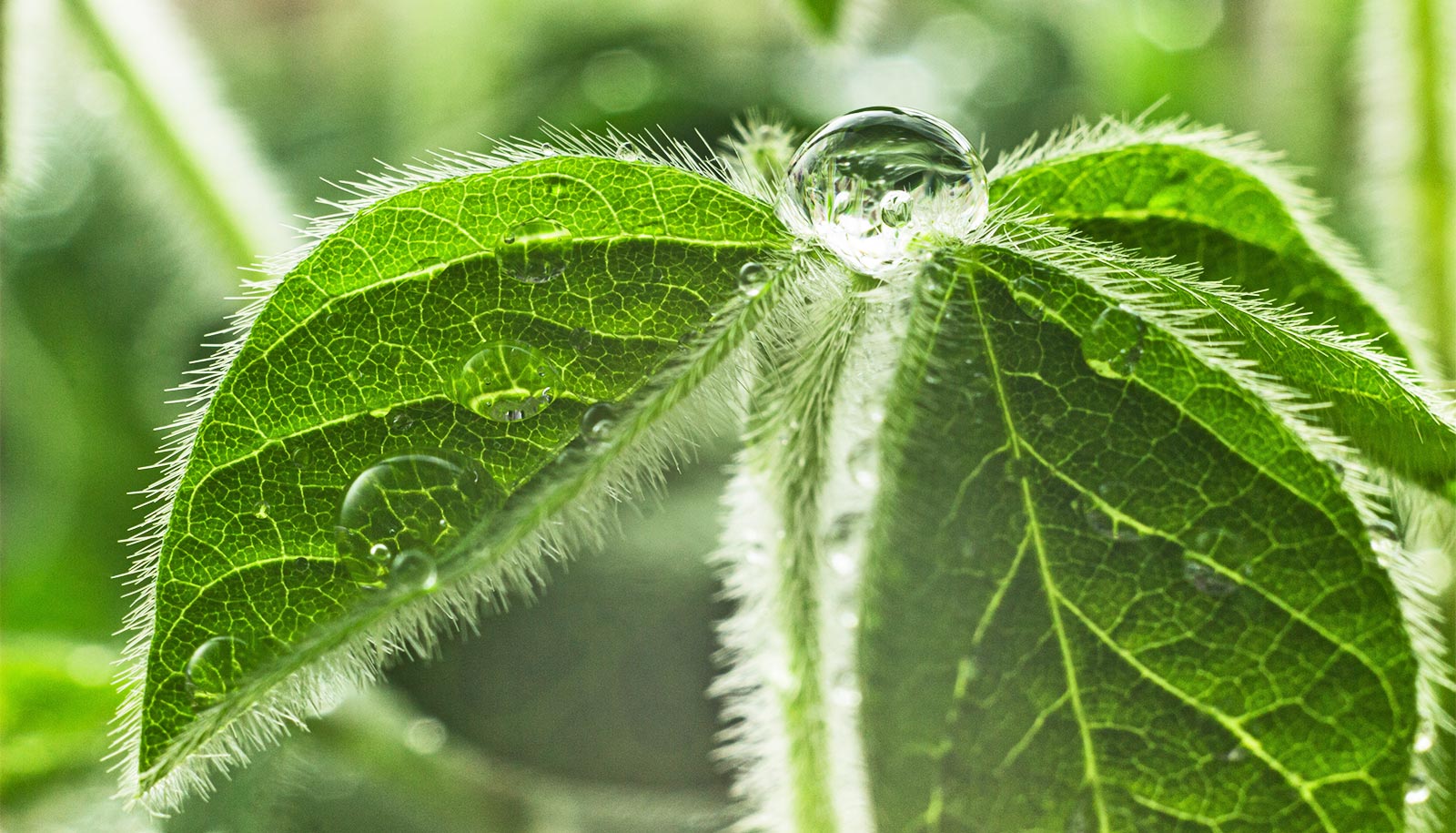Ethylene is one of the keys to maintaining a plant’s circadian rhythm, researchers find.
Ethylene, known as the “aging hormone,” is best known for promoting fruit ripening, but it also has important roles in plant growth and responses to pathogens or other stresses.
Plants release ethylene as a gas, which is why putting a yellow banana next to an avocado can help it ripen faster.
“Ethylene gas is a way for plants to communicate with each other, ensuring, for example, the fruit all ripen at the same time,” says Mike Haydon, from the School of BioSciences at the University of Melbourne.
Plants in the dark
In plants, research has shown that environmental cues like temperature and sunlight regulate circadian cycles. However, put a plant in a dark cupboard, and many of these day-night processes continue. But how?
This mystery fascinates researchers like Haydon.
“The earliest reported experiments demonstrating circadian rhythms in complete darkness were done in plants in the 18th century,” he says. “These biological rhythms have evolved multiple times, in plants, animals, and other organisms, so they are clearly important.”
“In humans, we know our circadian rhythm can be affected by when we eat, and in plants it’s the same,” says Haydon.
“A few years ago my colleagues and I showed that sucrose (which is produced by photosynthesis) is required to maintain circadian rhythms in the dark.
How sunflowers swing their ‘faces’ to the sun
“We then found that in continuous light, sugar can shorten the circadian rhythm, and these kinds of feedback loops help plants maintain the ideal cycle. But we didn’t really understand the mechanism behind this.”
Days and nights
While exploring the genes and proteins that regulate the circadian clock in Arabidopsis (a small flowering plant related to cabbage and mustard), a research collaboration led by Haydon and Alex Webb, professor at the Universities of Melbourne, Cambridge, and York, discovered that ethylene is one of the keys to maintaining the plant’s circadian rhythm.
“By manipulating [circadian clocks] we could fine-tune development rates to optimize crop yields or shelf-life.”
“We knew that ethylene production follows the day-night cycle, but we didn’t know that it also feeds back in to help regulate this cycle,” says Haydon.
“There is a well-defined network of receptor proteins and transcription factors that mediate ethylene signaling in plants. This ethylene signaling pathway promotes circadian rhythms by acting on the clock-regulating genes, GIGANTEA, which is also regulated by sugar.
“We found that ethylene reduced the circadian period, but this effect was blocked by sugar.”
Circadian clocks regulate the 24-hour cycles of plants, but Haydon says there are other ‘clocks’ that respond to longer time-scales, like seasonal cycles, and these long-term aging processes, which are heavily influenced by ethylene, could be affected by disruptions to circadian clocks.
“By manipulating these we could fine-tune development rates to optimize crop yields or shelf-life,” he says.
“Bananas, for example, are cut green to reduce damage during transport and then shipped around the world. Once they reach their destination, they are often sprayed with ethylene to ripen them.
“Previous research has shown that vegetables and fruits depend on their circadian rhythms even after harvesting,” says Haydon.
Your sense of smell changes throughout the day
So this raises the question, should we store our fruit and veggies in the fridge, or should we allow them to maintain their natural day-night cycles out on the kitchen counter?
Haydon’s advice is to leave your fruit and veggies out of the fridge. “Even after they are cut, your veggies are still living plant cells. They are best kept as fresh and as close to their natural environment as possible.”
The work, which the UK Biotechnology and Biological Sciences Research Council funded, appears in the journal Plant Physiology.
Source: Michelle Mendonca and Daryl Holland for University of Melbourne



